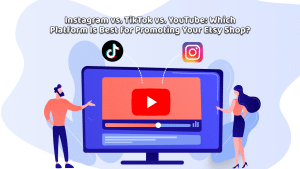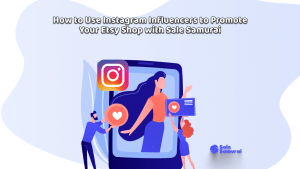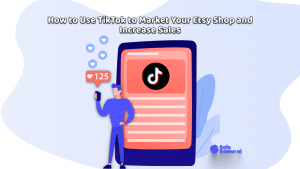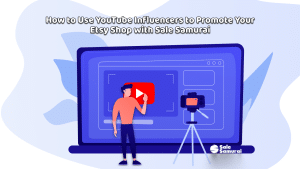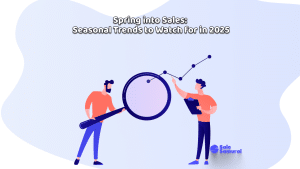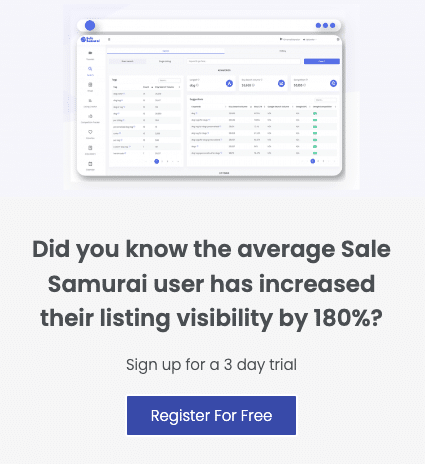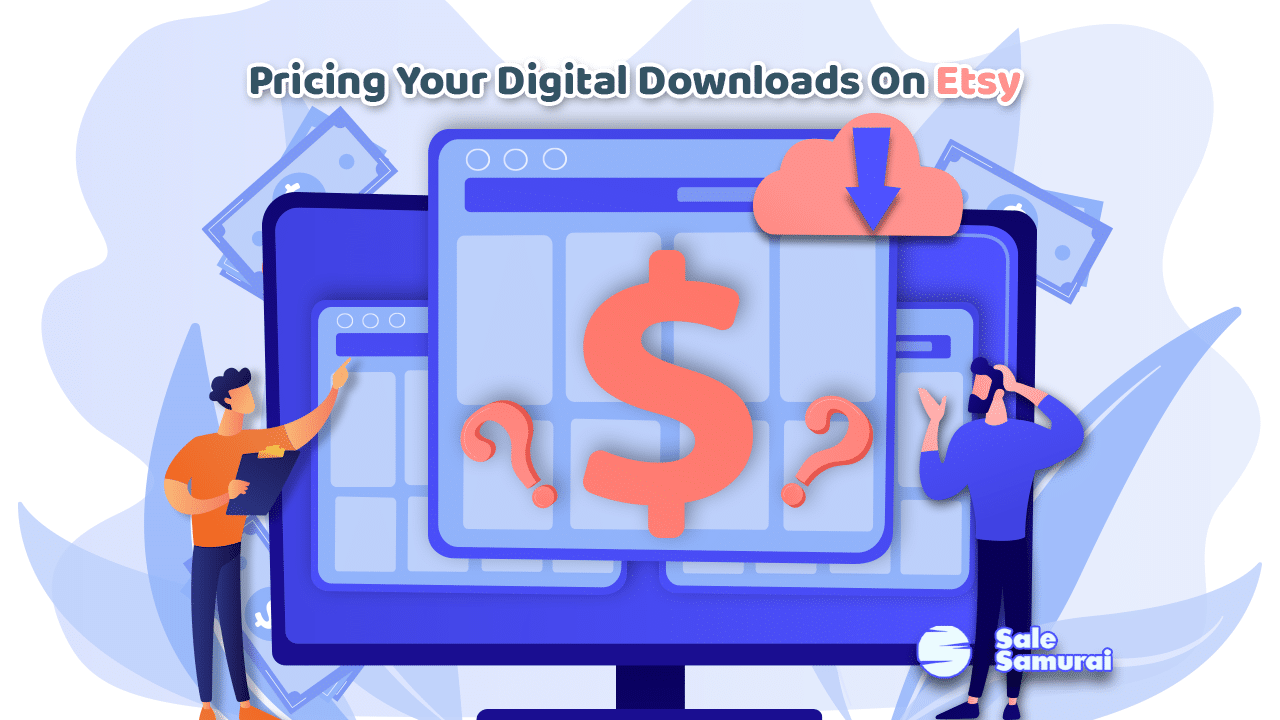
Your store is set and your work is polished and complete. You’ve worked on creating engaging material for weeks. You’ve edited, revised, and polished it before putting it into a lovely design. You’ve teased your digital download on your social media accounts and email list, as well as to your friends and family. The responses you are getting have been great so far. But there’s still one thing you have not finalized and it’s the one thing that keeps sticking in your mind when everything else came so clearly to you: you still need to properly price them. If this seems all too familiar, read on.
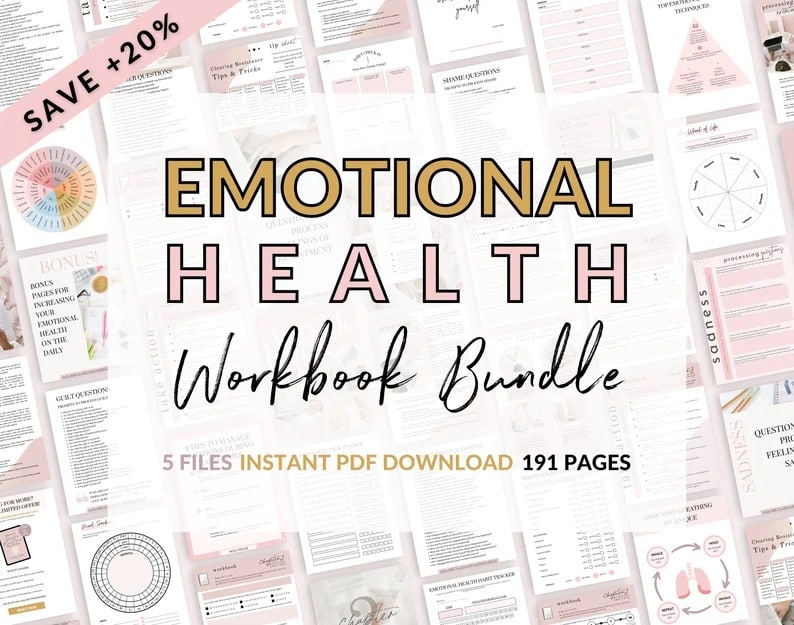
It can be quite difficult to decide how much to charge for a digital download, but if you take some time to think about it you can figure out what is right for you. The standard thoughts might be coming to you: why would anyone want this? Will anyone actually download it? What price should I even consider asking for each? What’s reasonable?
In truth, we all know that overpricing something like this is going to get you few if any sales. Likewise, underpricing it will show you tiny results for the amount of work you’ve put into all of this even if it sells well. No one is going to spend top dollar on your ebook, as much as we’d all like to charge prices for our digital downloads that would make us success stories in a day. If you are like many of us, you remain uncertain of what the exact cost of your digital download should be. This is not an easy thing to get right.

Once you consider all your options, you can start developing a pricing plan and determining a price that leaves you with a reasonable profit margin while yet being affordable for your clients. That’s your goal, at least. Getting there might be a little hit-or-miss, but with some solid research and looking at what others are successfully selling their work for, you will get a good idea of the ranges you have to work in. For example, although the cost-based pricing approach is a popular choice among producers, how you set the price for your digital downloads is completely up to you.
Do not forget to properly define your target market. No matter how fantastic your offering is, if you’re not selling it to the correct customers, it won’t matter. Create audience personas to define your ideal customer and better position your product for them. Use all information available to you to adapt your offering and marketing to appeal to your target client.
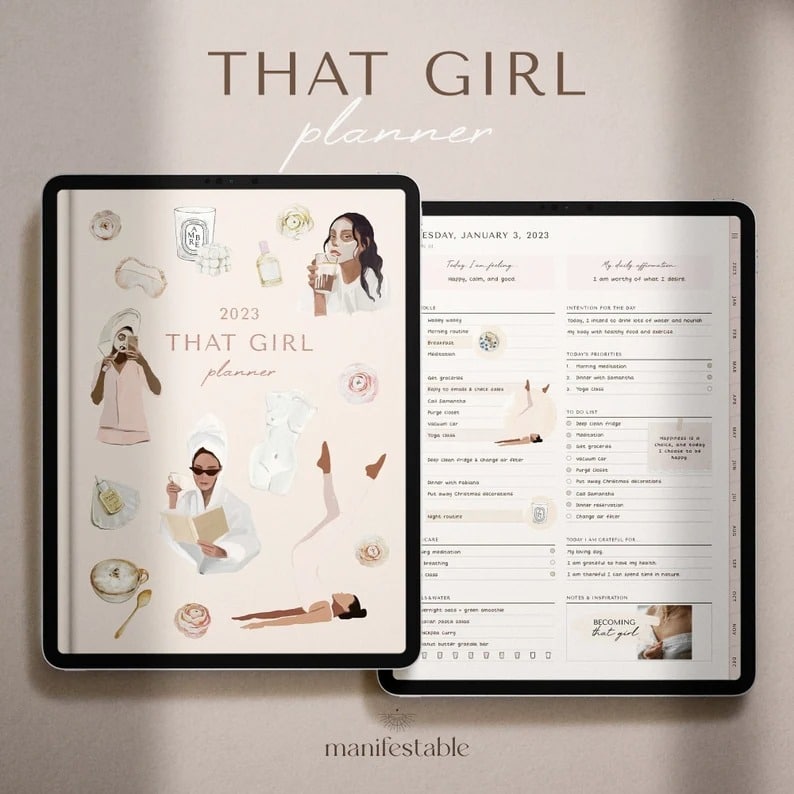
Cost-Based Pricing
The cost-based pricing strategy is the easiest for novice artists to adopt even if it often doesn’t generate as much profit as other pricing techniques. It’s the ideal alternative for people who don’t have a lot of data available or are making their first digital download because you don’t need to conduct extensive customer research. In this approach, there are things to consider that are more concrete, such as how much does it actually cost you (in time, outsourcing, etc.) to create these works, what percentage the platform will charge you to use their online market, and if there are costs associated with plans to advertise and secure a domain name.
If you are still unsure as to whether this approach is appropriate for you, you can compare some pros and cons. First off, this method is one of the simplest pricing alternatives. It guarantees reasonable pricing for both you and your clients. Plus, there is not much customer research necessary. The downside could be that your profit margins are generally lower and that in the long run doing it this way might not actually cover all of your operational costs. Also, as it is primarily based on production costs, you may significantly undersell it if it is inexpensive to produce.
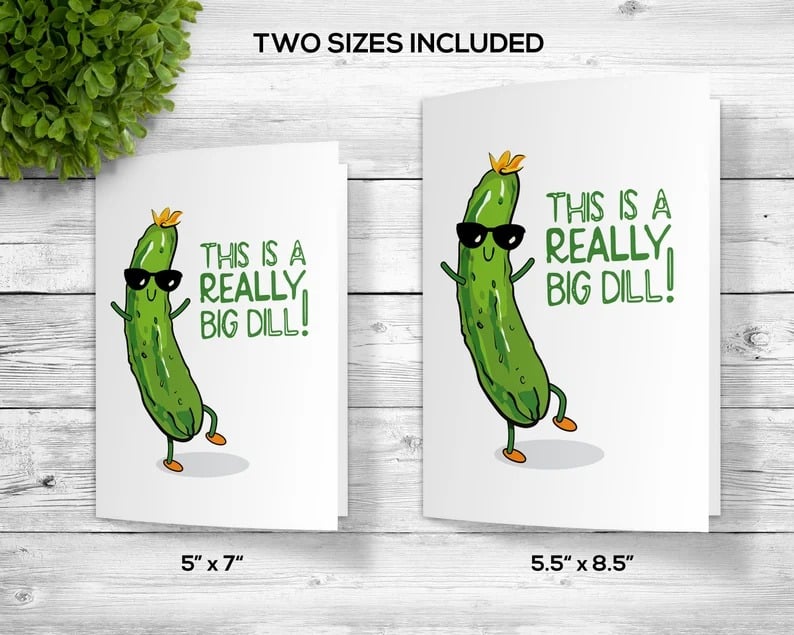
Value-Based Pricing
On the other hand, you might wish to opt for the value (or perceived value) of what it is that you offer and then charge accordingly. With value-based pricing, you may establish higher charges based on the value you provide rather than the cost of creating your digital download. Value-based pricing bases your price on the anticipated value of your digital product as opposed to a specific markup after all costs have been calculated. It puts quality first.
This, of course, has its own list of things for it and against it. The price of your digital downloads can be higher than typical, especially if you are just starting out and have not experienced this type of pricing before. But compared to other pricing methods, it has higher potential profit margins. As a result of the widespread belief that greater prices equal higher quality, you may see an increase in sales. On the negative side, it’s very easy for you to overcharge, which would be bad for business. Remember that if more people can’t afford your price point, it can reduce the size of your audience.

This pricing is also more about comparisons to your rivals than other methods, and you are all trying to get a customer to pay more by convincing them that they should. What makes YOU stand out? If it’s the same thing as thirty other vendors, you’re not standing out at all. How are their prices presented? How can you improve the appeal of your digital product? Most likely, your rivals have looked you up as well. Which brings us to another point.
Competition-Based Pricing
What if you solely base your pricing on your top competitors? It’s a pricing strategy that bases the price of your digital items on what your rivals are charging. Prior to setting your own prices for your product, you should examine your rivals anyway though none of this is a guarantee. Pricing similarly to your rivals increases the likelihood that the majority of your target market can afford you. This is also a relatively risk-free method as someone else is already proving its worth. The downside is that your price is ultimately set by your competition. Their prices may not accurately reflect the value that your digital product offers. Also, if your rivals are selling their goods for inexpensive prices, for whatever reason, it can reduce your profits. You are literally letting strangers determine your value point. This can work, but you have to go into this method understanding this.
Research your customers, their wants, and how your new digital product could enlighten them or solve their issues before you start your digital download journey. Maybe what you create is designed to just make them happy, which is perfectly fine as well. You may use this information to assist you in pricing your digital product for your target market after you’ve completed those steps and created it. You can determine how much they’re willing to spend on a digital product similar to yours by understanding exactly who your audience is.
